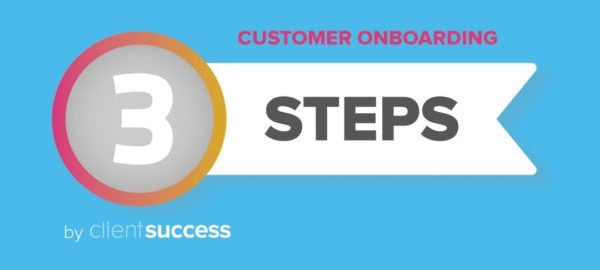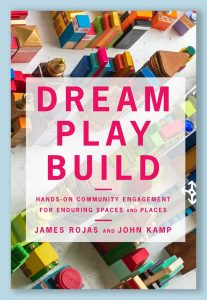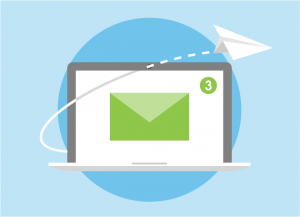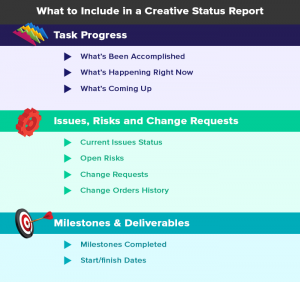— January 11, 2018
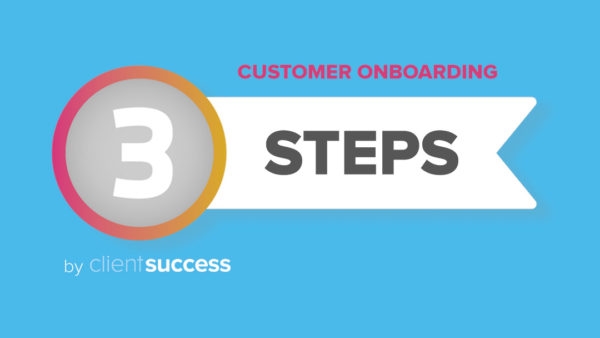
(January 12, 2018), David Skok, General Partner of Matrix Partners, published a great customer success article called Top Two Reasons for Churn. In this article, Skok discusses how failure to onboard a customer successfully and how loss of the champion who drove the purchase are two of the major reasons for churn. Inspired by his first reason, driving successful onboarding. I wanted to share three easy steps to build a repeatable and high beneficial customer onboarding process.
First Impressions Matter
You never get a second chance to make a first impression, especially when it comes to new customers. The entire customer journey is defined in the first few meetings between a customer and a customer success manager (CSM). Onboarding is an extremely critical point in the customer experience. It is often an important topic of sales negotiation conversations, and is almost always brought up during the decision making process. Prospective customers like to know for sure if they are entering into a mutually beneficial, long-term relationship with solution provider organizations, and the onboarding process is always a good indicator of how the rest of the relationship will proceed.
Customer Success Can Impact The Entire Sales Cycle
Customer success teams have a chance to explicitly impact the sales cycles and new business by offering a seamless, well-run, highly beneficial onboarding process to customers. A well-run onboarding workflow is also paramount to maximizing customer satisfaction and increasing value right after a deal has been signed.
Three Easy Steps to Nail Customer Onboarding
Here are three easy steps customer success teams can take to build a repeatable, engaging customer onboarding process:
1. Decide How You Want To Engage With Customers
The first step in developing a well-run onboarding process is to decide on an engagement model. A customer success engagement model refers to the process of engaging with new customers post-sales. While there are multiple types of engagement models for different customer situations and different use cases, they all involve the same concept of working alongside a customer at their pace and not rushing or confusing any of the stakeholders involved. The onboarding phase is a critical time for customers, so it shouldn’t be rushed or expedited in any way.
Two Popular Examples of SaaS Onboarding Engagement Models:
- High Touch Onboarding: This model involves plenty of 1:1 interactions between a customer and a brand. High touch onboarding (HTO) models are common with complex solutions that require hands-on involvement from both sides. High touch deals are often high value and require a lot of resources from a company.
- Low Touch Onboarding: This onboarding model is typically reserved more for streamlined apps or online software that require little to no face-to-face interaction. The low touch onboarding (LTO) model involves lots of online training content and support materials.
2. Build a Clear Process – And Write It Out!
As with any department, a customer success team should thoroughly document the onboarding process and build a clear process. This process defines the handoffs between departments and makes it explicitly clear who is in charge at each stage stage of the lifecycle. Building a specific process makes it easier to learn more and share their findings with other across the organization.
Knowing who is in charge of a customer lifecycle at every touch point makes it easier for organizations to control and manage customer engagement and communication. Engaging with customers in a clear, concise manner also makes it easier to spot issues or red flags. Customer success teams should write out this process for maximum scalability. Processes should be able to grow and change with an organization, and onboarding is no different. Keep an accessible copy of onboarding procedures and then continuously add/subtract items when need be.
3. Ask For Customer Feedback
At every step of the way, ask for customer feedback. This can be simple feedback, such as through an online survey or questionnaire, or a detailed sit-down interview. Asking for customer feedback is the best way to know what processes are working and which aren’t. Customers are also key to building a high-quality, reputable onboarding process. Delivering a great experience while remaining open to feedback will almost guarantee an organization a customer reference.
It may even be surprising how many customers want to engage heavily with your organization during the onboarding process. As it’s still early in the customer lifecycle, customers are typically still engaged and happy to respond to requests from their solution providers and partners. In addition, if there are issues that come up, then CSMs will share those concerns with the relevant teams, bringing maintenance and questions to the front of the customer success queue.
Is Your Organization Properly Equipped For Onboarding?
Onboarding is a crucial part of both the sales and customer success process, and it’s important to deliver the best experience possible to new customers. At every point during the onboarding process, CSMs should focus on individuals, roles, and the organization as a whole, to deliver the most personalized experience possible.
How is your team managing your onboarding process? What are some good ways to engage customers throughout this process? Let us know in the comments below!
Business & Finance Articles on Business 2 Community
(62)
